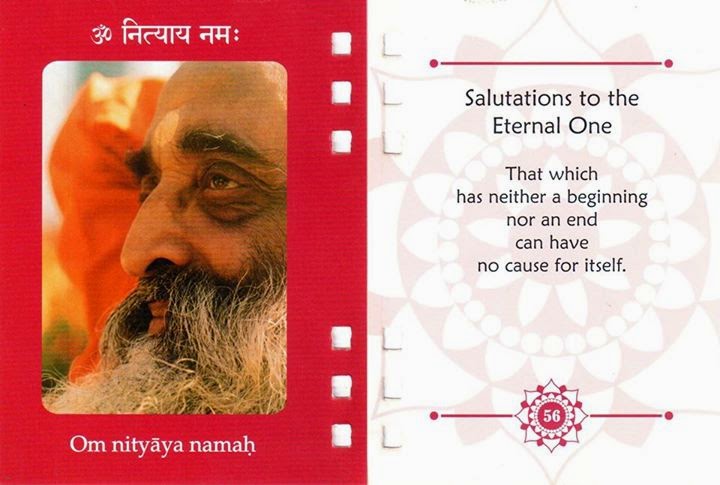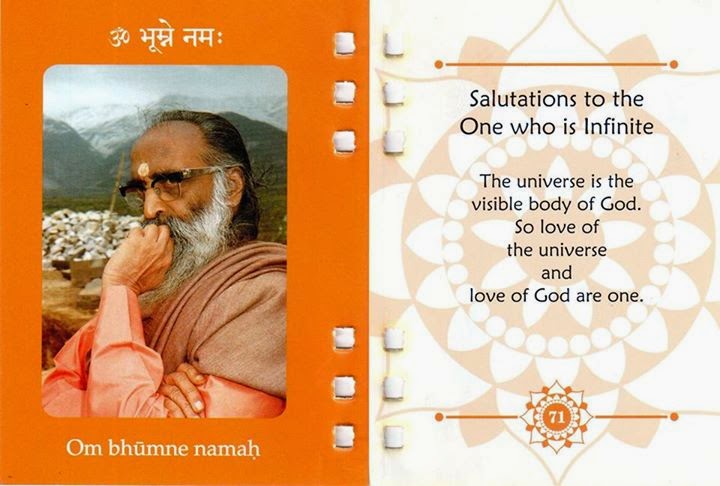Gita : Ch-12. Slo-6 & 7. Discussion-3.

Srimad Bhagavad-Gita : Chapter-12. ( Bhakti-yogam) Slokam-s - 6 & 7. (6) ye tu sarvani karmani mayi sanyasya matparah, ananyenaiva yogena mam dhyayanta upasate. tu ye = but one who; sarvani karmani = all karma-s; mayi sanyasya = submit / surrender unto Me; mat-parah = being unto Me as the Supreme Goal; ananyena eva yogena = without distraction, fixing his mind, on that goal only; mam dhyayanta upasate = meditate that Supreme goal; (7) teṣham aham samuddharta mṛtyusamsarasagarat, bhavami na cirat partha mayyavesitacetasam. mayi avesita cetasam = who h...





















